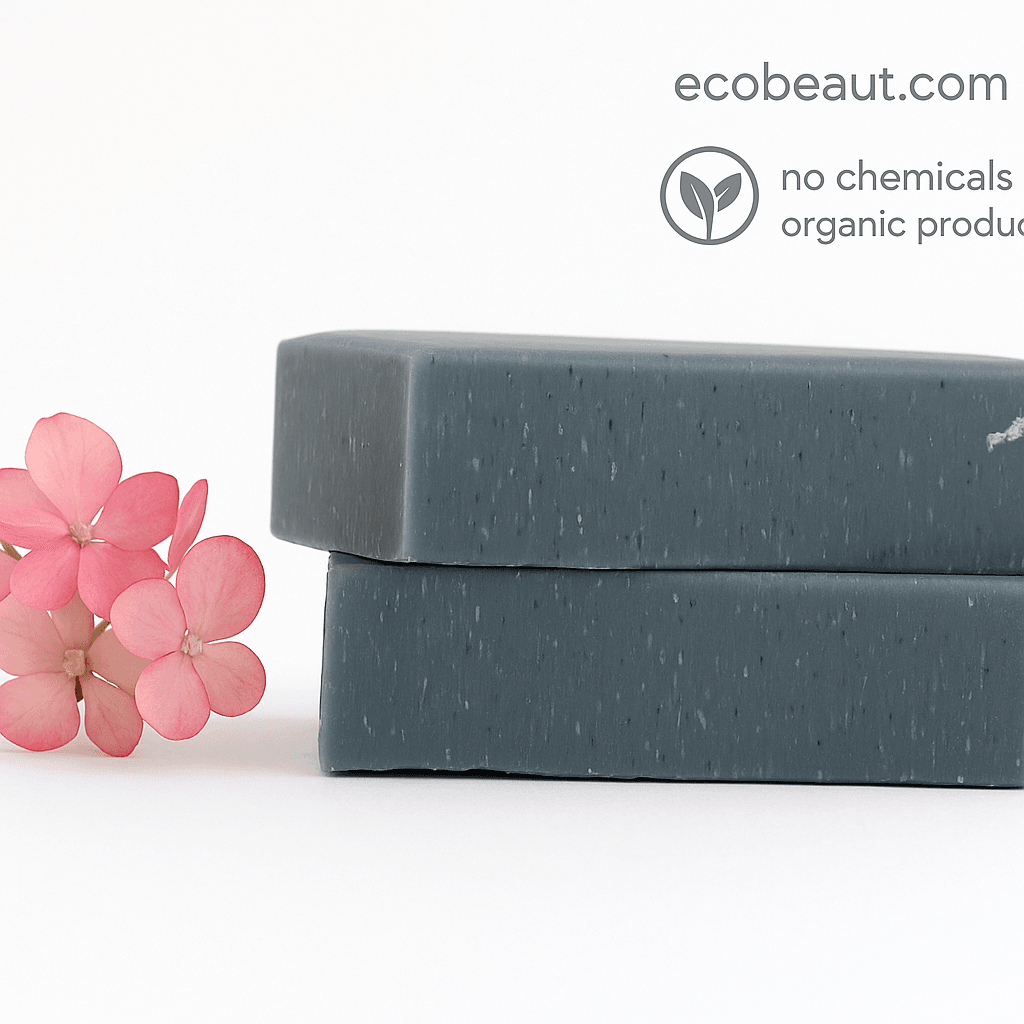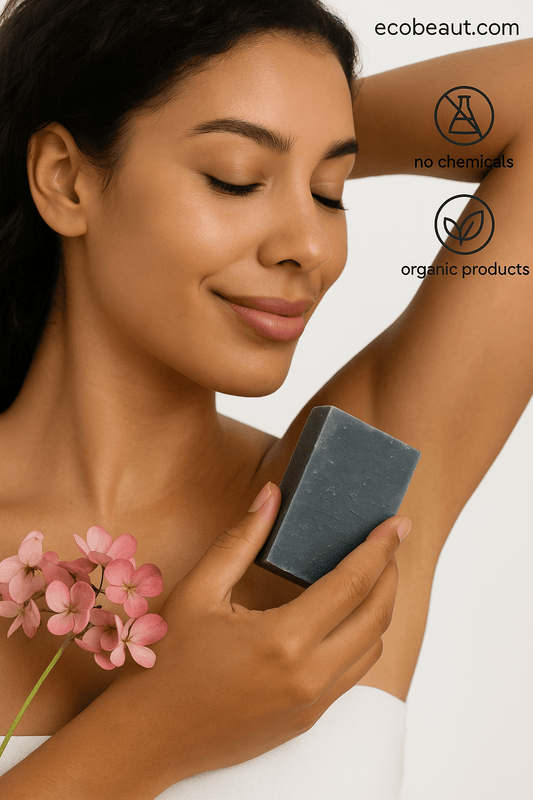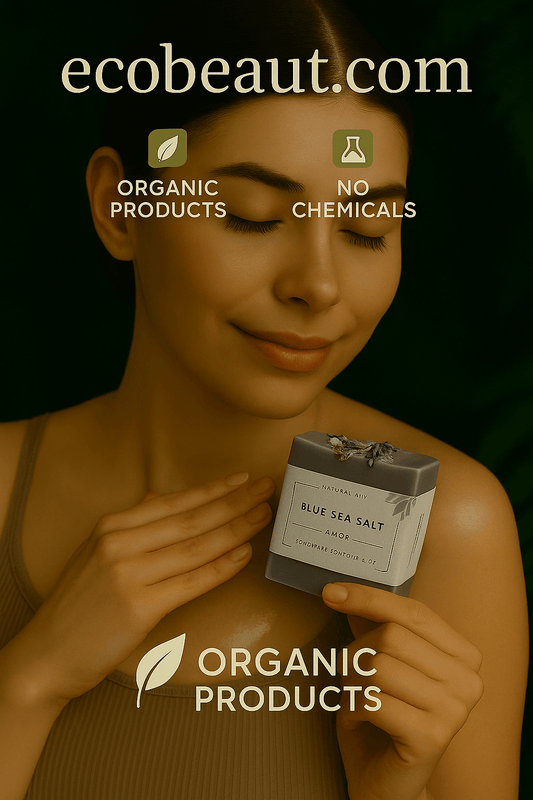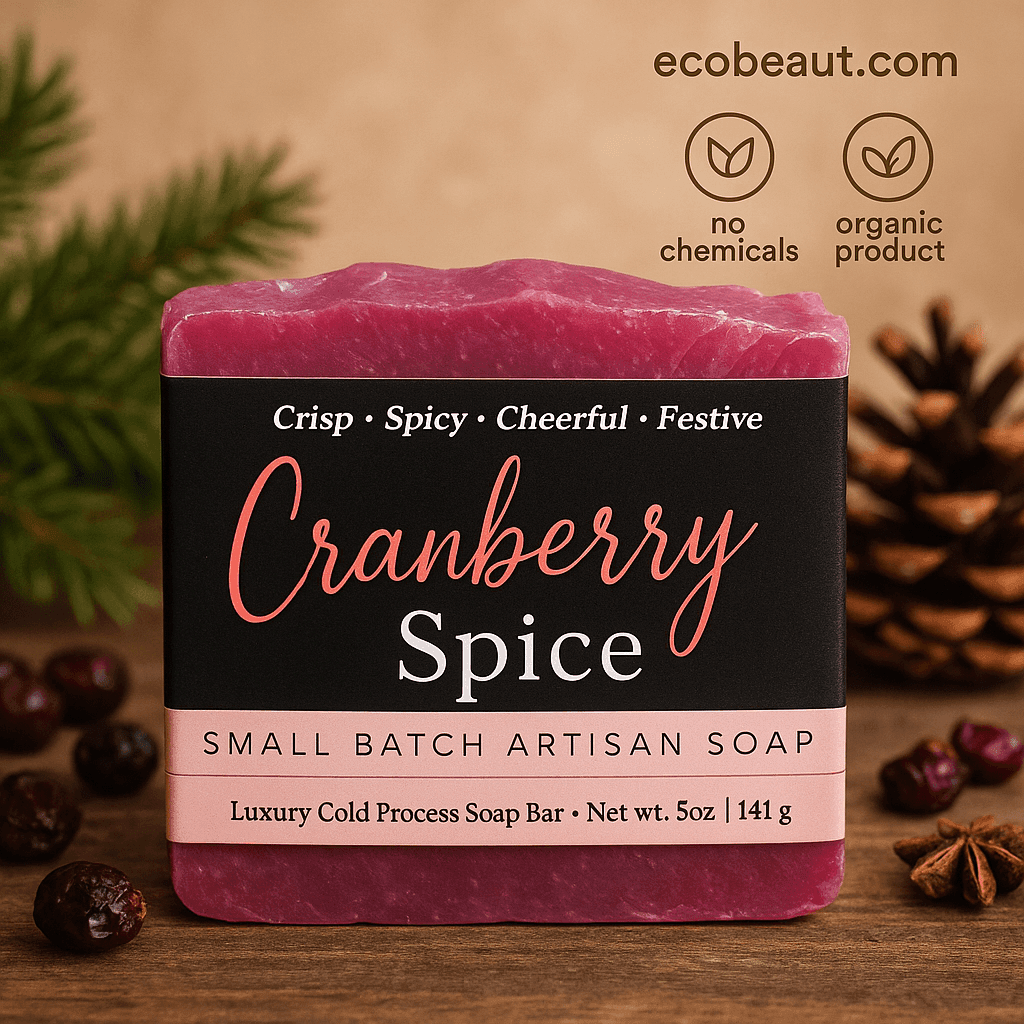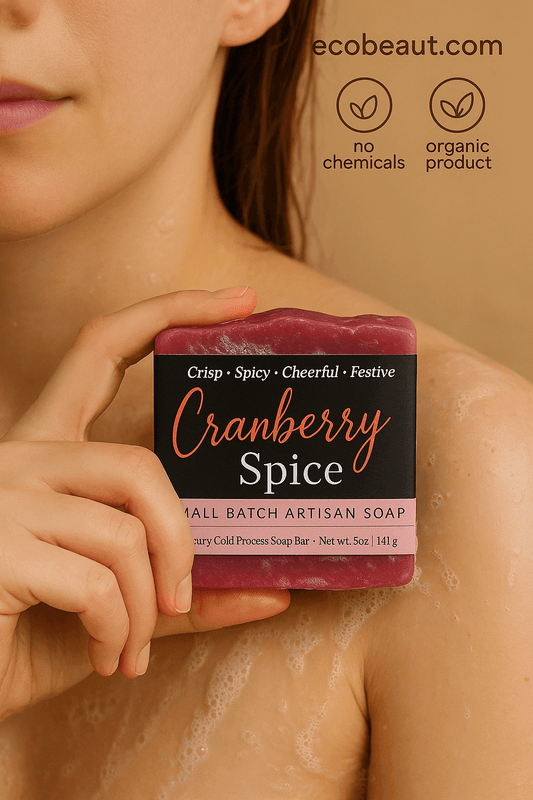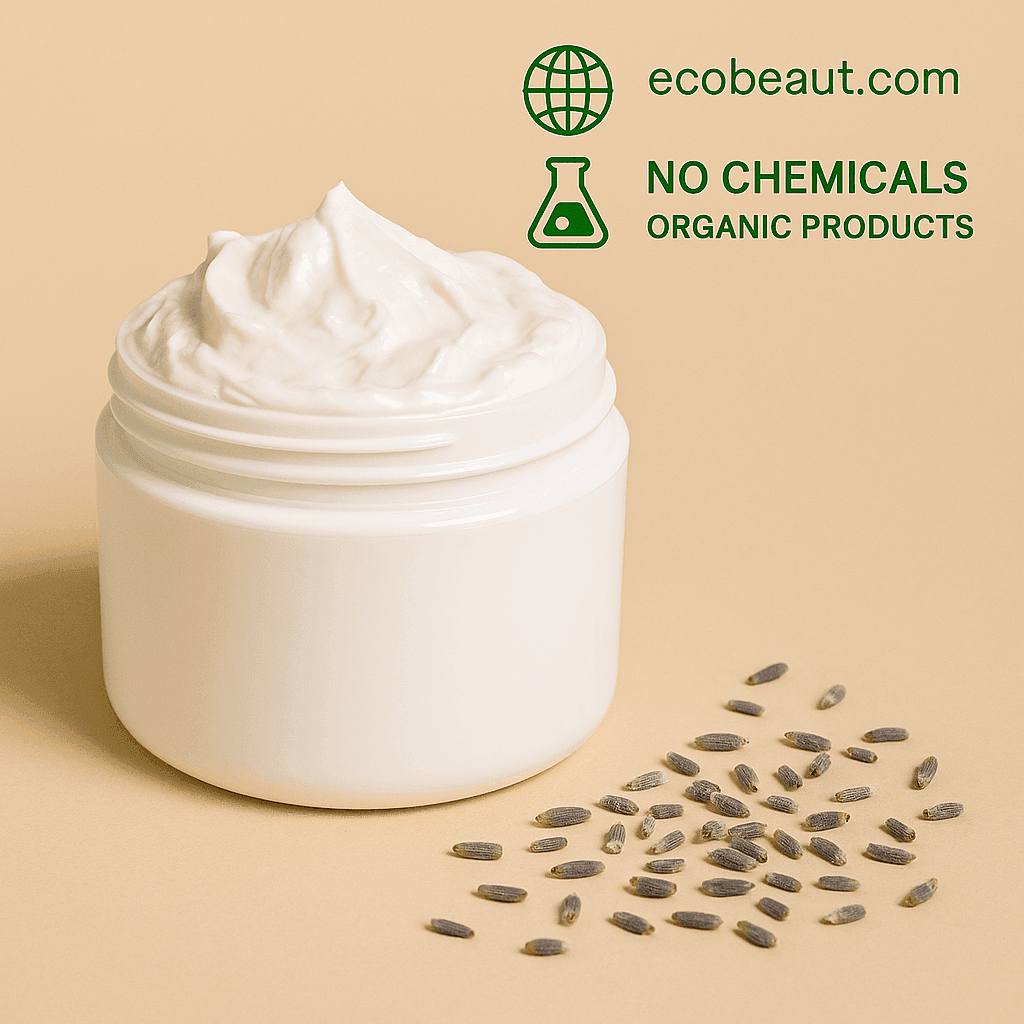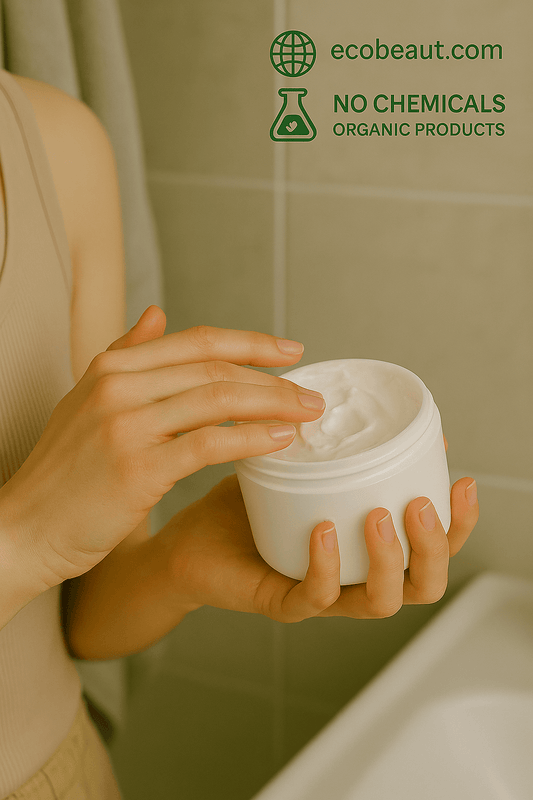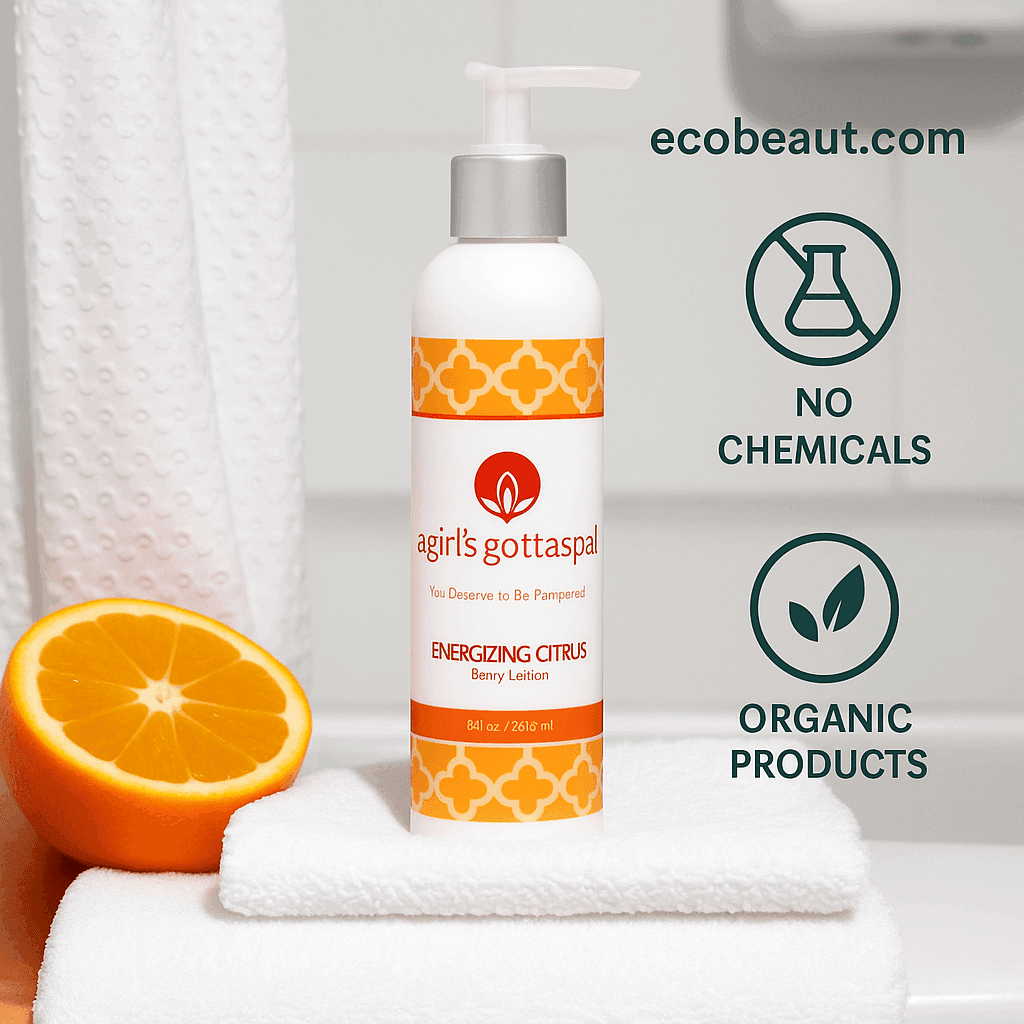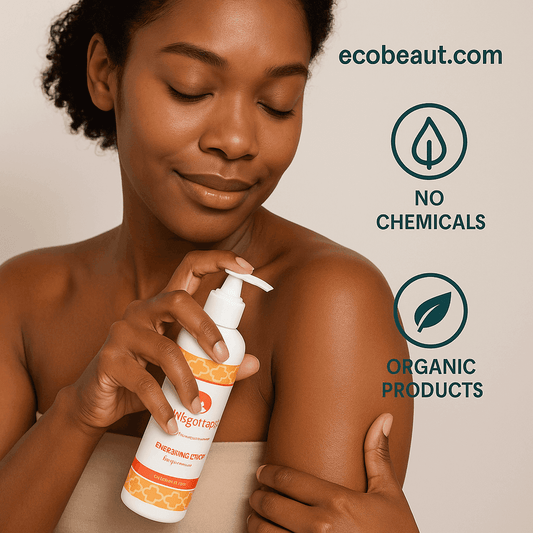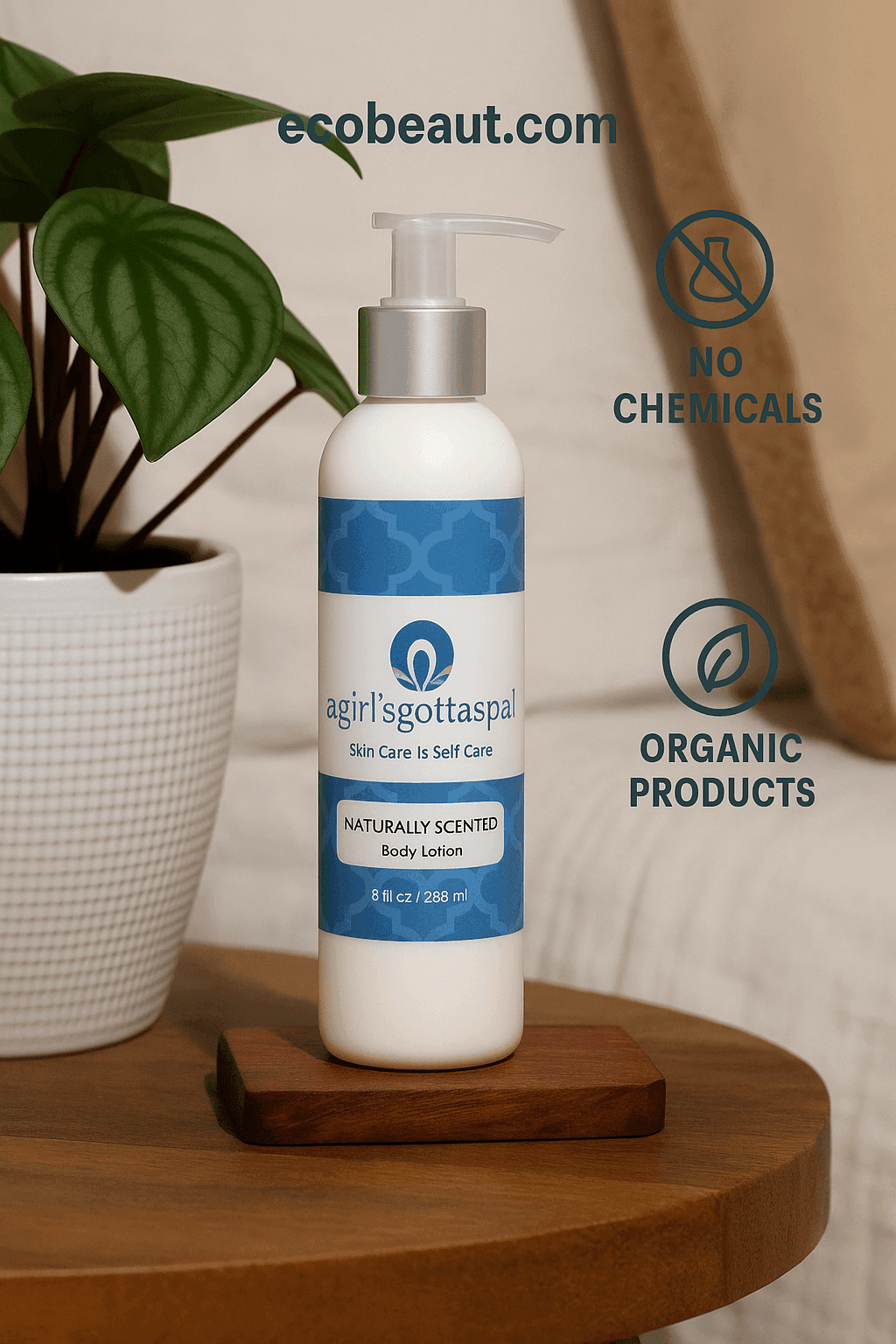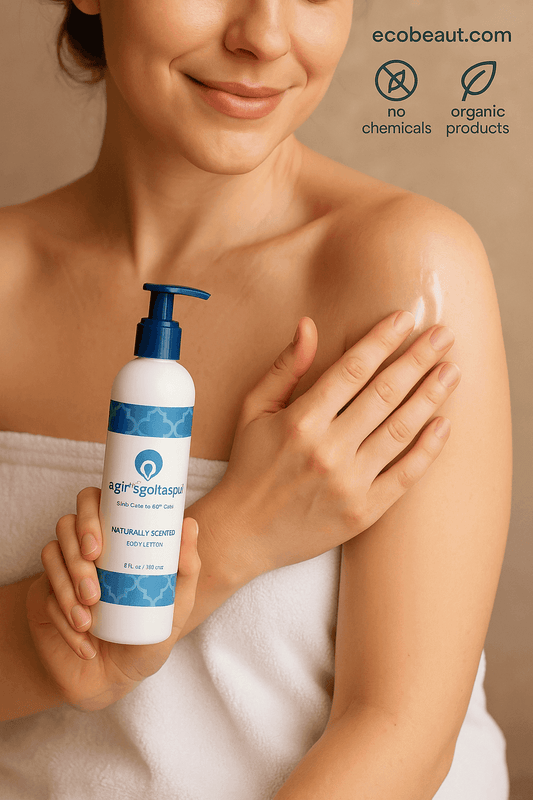As environmental awareness grows, consumers are increasingly looking for sustainable alternatives in all areas of life, including personal care. The beauty industry, once notorious for excessive waste and harmful practices, is evolving in response to the growing demand for eco-conscious products. However, the path to identifying truly eco-friendly cosmetics can be challenging. Many companies engage in "greenwashing" - a deceptive marketing strategy that creates the illusion of sustainability. This article provides a comprehensive guide to identifying authentic, eco-friendly beauty products so you can make informed choices without falling into marketing traps.
The key aspects of environmentally friendly beauty products
Beauty product eco-friendliness encompasses many aspects, from ingredient sourcing to packaging and disposal. A holistic approach considers the entire lifecycle of a product, from the extraction of raw materials to the impact on the environment after use. Here are the key factors to look for when identifying sustainable beauty products:
1. Natural and Organic Ingredients
Products labeled as eco-friendly often contain natural or organic ingredients. Organic cosmetics are usually free of synthetic pesticides and fertilizers, making them less harmful to ecosystems. When shopping, look for the following key indicators
- Certified organic seals, such as USDA Organic or ECOCERT, which ensure that a product meets strict organic farming standards.
- Plant-based formulations with minimal chemical processing. Natural oils, botanical extracts and essential oils are common ingredients.
- Absence of toxic substances such as parabens, phthalates, and formaldehyde, which not only harm the skin but also pollute water systems when washed away.
Keep in mind, however, that "natural" and "organic" claims are not always well regulated. A product may contain a minimal amount of organic ingredients, but still use the term loosely. Checking for reliable certifications can help avoid misleading claims.
2. Biodegradability of ingredients
Environmentally friendly beauty products contain biodegradable ingredients that break down easily without causing long-term damage to the environment. Ingredients such as sulfates, synthetic polymers and microplastics are harmful to aquatic life and should be avoided. Instead, look for
- Plant-based surfactants, such as coconut-derived compounds or soap bark.
- Natural exfoliants, such as ground seeds or sea salt, instead of plastic microbeads.
- Eco-certifications, such as COSMOS Organic or Nordic Swan, that verify a product's environmental credentials.
Reading the ingredient list and avoiding complex synthetic chemicals is a good strategy to ensure that the product you buy is gentle on the planet.
3. Cruelty-free practices
Eco-friendly beauty is not only about environmental impact, but also the ethical treatment of animals. Cruelty-free products are developed without animal testing at any stage of the process. You can identify cruelty-free cosmetics by looking for
- Leaping Bunny certification or PETA's Cruelty-Free logo, which certifies that the product has not been tested on animals.
- Vegan labels, which ensure that the product does not contain animal-derived ingredients such as beeswax, lanolin, or carmine.
Note that some brands may market themselves as cruelty-free but still sell in countries where animal testing is mandatory. Reviewing the company's policies and certifications can help clarify their ethical stance.
4. Minimalist and recyclable packaging
Packaging makes up a significant portion of the environmental footprint of beauty products. Eco-conscious brands choose sustainable packaging solutions that reduce waste and encourage recycling. When choosing beauty products, consider the following
- Recyclable materials, such as glass, aluminum, and PET plastic, which can be reused many times.
- Biodegradable packaging made from paper or compostable materials that minimize waste.
- Refillable options that allow customers to reuse the same containers by purchasing refills.
- Minimal packaging that eliminates unnecessary packaging or plastic components.
The beauty industry is increasingly adopting innovative packaging methods, such as waterless formulations and solid bars that eliminate the need for bulky plastic bottles. Keep an eye out for these innovative trends.
5. Transparency and ethical sourcing
A company's commitment to sustainability often extends beyond the product itself. Transparency in sourcing and ethical practices plays a crucial role in ensuring that a brand is aligned with eco-friendly principles. Look for:
- Fair trade certifications that guarantee raw materials, such as shea butter or cocoa, were harvested under fair labor conditions.
- Brands with a supply chain policy detailing how they minimize their carbon footprint and support environmental initiatives.
- B Corp certification, which indicates that the company meets high social and environmental standards.
Eco-conscious brands tend to be open about their practices and provide detailed information about their sourcing and manufacturing processes. A company that withholds this information may not be as sustainable as it claims.
Recognizing Greenwashing Tactics
Greenwashing is a deceptive practice in which brands use environmentally friendly buzzwords or images to mislead consumers about the sustainability of their products. Recognizing greenwashing can help you avoid supporting brands that are only superficially green. Look out for:
- Vague claims such as "natural," "green," or "clean" without certification or specific information to back them up.
- Products with green or earthy packaging designed to give the illusion of sustainability without substantive environmental credentials.
- Use of misleading terms such as "non-toxic" or "chemical-free," which are often meaningless since all substances are technically chemicals.
- Selective disclosure, which highlights a few "good" ingredients while hiding harmful components in the fine print.
It's important to scrutinize labels and marketing claims. Look for certifications from reputable organizations and do your own research when in doubt.
The role of certifications
Certifications play a critical role in identifying truly eco-friendly beauty products. Some of the most trusted certifications include
- USDA Organic: Ensures that products contain at least 95% organic ingredients.
- ECOCERT: Verifies that the product meets environmental and social sustainability standards.
- Leaping Bunny: Confirms that no animal testing took place at any stage of product development.
- Fair Trade Certified: Ensures ethical sourcing practices and fair wages for workers.
- B Corp: Assesses a company's overall environmental and social impact.
These certifications provide consumers with the assurance that the products they purchase align with their values and contribute to a healthier planet.
Supporting sustainable beauty practices
Identifying eco-friendly beauty products is just one part of living a more sustainable lifestyle. Consumers can take additional steps to reduce their beauty footprint:
- Buy less but better. Instead of buying multiple products, focus on high-quality, multipurpose cosmetics that meet multiple needs.
- DIY beauty treatments. Making your own skin care products with natural ingredients like honey, oatmeal, or coconut oil can be both environmentally friendly and cost-effective.
- Recycle or upcycle containers. Many beauty brands offer recycling programs or incentives for returning empty packaging.
- Support small, local brands. Smaller businesses often use more sustainable practices and have a smaller carbon footprint.
By adopting these practices, consumers contribute to a more sustainable beauty industry and help reduce waste.
Bottom Line
Navigating the beauty industry with an eco-conscious mindset requires attention to detail and awareness of misleading marketing tactics. Green beauty products prioritize natural, organic and biodegradable ingredients, cruelty-free testing and sustainable packaging solutions. Certifications such as USDA Organic, Leaping Bunny, and Fair Trade provide reliable indicators of a product's environmental and ethical standards.
While the path to sustainable beauty may seem complex, consumers have significant power through their choices. Every purchase sends a message to companies about the demand for ethical and environmentally friendly practices. By being mindful of the products we use and supporting brands that align with sustainability values, we can collectively foster a greener and more responsible beauty industry.
Choosing green beauty isn't just a trend - it's a commitment to the well-being of our bodies and our planet.


